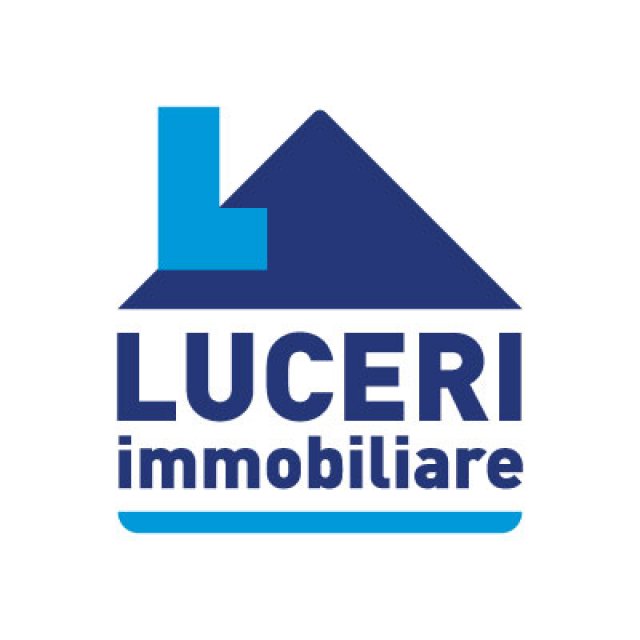Nardò, via Benedetto Leuzzi, in one of the most charming areas of Salento we offer for sale very elegant villa surrounded by greenery built with quality materials. Located in zone b 15 on a plot of about 3650 square meters, it consists of front veranda, entrance hall, large and bright living area with fireplace, kitchen, four double bedrooms, one of which with en suite bathroom and level terrace overlooking the back garden, four bathrooms, study, laundry room and two practical closets. The basement floor houses an apartment equipped with all its comforts with independent access. Completing the property: the solar slab accessible by internal staircase and two garages. The villa is equipped with double windows, aluminum exterior, wood interior, gas heating, air conditioners, video surveillance system, burglar alarm, automatic gate, photovoltaic and solar thermal panels on the solar slabs and ample spaces intended for greenery. If you are looking for a unique and prestigious place to live, this luxurious villa is the perfect solution for you. Don´t miss the opportunity to own an exclusive property in one of the most fascinating locations in Salento.
For more information call ******. (******)
For all the news follow us on Instagram: Lucerimmobiliare
Ref. NI-1100
Cl. En. C
Nardò (Neritum or Neretum in Latin, Nerìton in Greek, Naretòn in Messapic, Nardó in local dialect) is an Italian town of 31 431 inhabitants in the province of Lecce in Apulia. It rises in a flat position southwest of the provincial capital and includes a stretch of the Ionian coast of Salento. With nearly 32,000 inhabitants and 190 square kilometers of territory, it is the second largest center in the province in terms of population and territorial extension and one of the most populous and culturally active centers in Salento. The historic center of Nardò boasts an extraordinary wealth of palaces, churches, chapels and individual architectural details making it one of the Lecce Baroque cities, on par with the centers of Lecce and Gallipoli. The center of Nardò represents a true jubilation of Baroque art, thanks to the very refined Piazza Salandra and the numerous churches that testify to the undisputed religious and artistic value of a town that became the seat of a diocese as early as 1413. We recall among others the Church of St. Dominic, the Church of St. Tryphon, the Church of St. Anthony and the monument of Hosanna near Porta San Paolo. Piazza Salandra houses the Immaculate Conception Spire of 15th-century origin, the City Palace, and the Sedile. There is also a castle erected between the 15th and 16th centuries, and other outstanding monuments are the imposing Romanesque-Gothic Cathedral, the Palace of the University, and the Achille Vergari Municipal Library, rich in as many as twenty-one thousand volumes of scientific, philosophical, and theological subjects. But the city guarantees a tourist attraction of exceptional interest also thanks to its splendid marinas, Santa Maria al Bagno, Santa Caterina, S. Isidoro and Porto Selvaggio.
 NARDO´ - Puglia
NARDO´ - Puglia
 NARDO´ - Puglia
NARDO´ - Puglia 
 Italiano
Italiano  Français
Français  Español
Español  Deutsch
Deutsch  Português
Português 






























